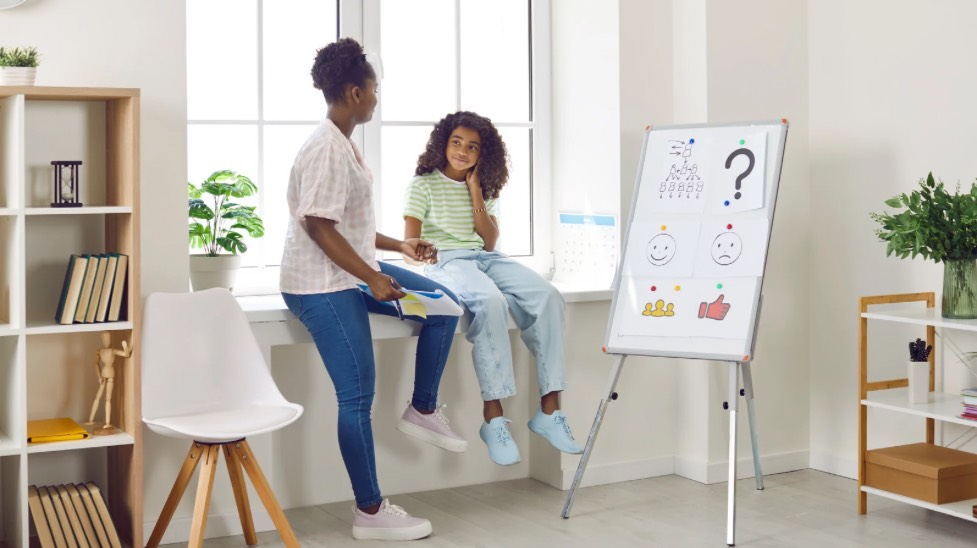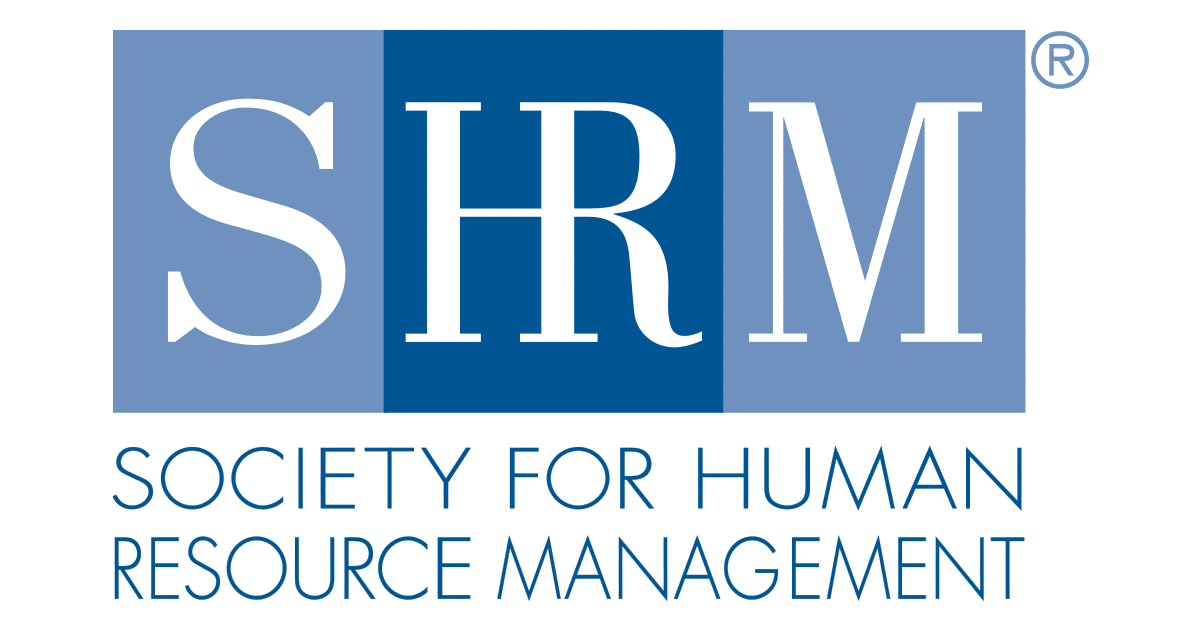Author: Dr. Quenshauna Motley Smith serves as Special Education Coordinator in Richmond County, GA. With a passion for inclusive education and behavior intervention, she advocates for innovative classroom strategies that meet the needs of all learners.

Every district is searching for practical, effective ways to support students with complex behavioral needs. Here’s how Richmond County began building a model that works—in real classrooms, with real results.
Why We Chose to Act
In Richmond County, nearly half of our 4,500 students require special education services. Like many districts, we’ve felt the pressure of supporting students with complex behavioral needs especially amid staffing shortages and the increasing need for safer, more supportive schools.
We began looking for real-time solutions to support our diverse student population. That search led us to introduce Registered Behavior Technicians (RBTs) into our classrooms.
Currently, about 15–20% of our students receiving special education services have RBT support. The response has been encouraging, and we plan to grow the model—potentially increasing RBT presence by 50% in the coming years. More support means more time in class for students, which can lead to better outcomes.
Blending Educational and Clinical Support
Instructional strategies alone don’t always meet every student’s needs. That’s why we brought in RBTs—trained paraprofessionals in applied behavior analysis (ABA) who work under the supervision of Board Certified Behavior Analysts (BCBAs).
For districts without in-house BCBAs, implementation is still possible. We partner with a staffing agency to ensure oversight and alignment with district protocols. There are also funding streams—particularly those tied to behavioral and mental health services—that support this kind of initiative. So far, the feedback has been largely positive. Teachers say they feel more supported and can better focus on instruction.
One Student’s Story
*Jordan, a second grader, had a history of intense behaviors and frequent classroom removals. It was tough on him and his peers.
Once paired with an RBT, Jordan began learning to recognize emotional triggers. With team collaboration, we built calming routines and structured support into his day.
By spring, Jordan was not only staying in class—he was engaging in group activities and even attending field trips. The shift impacted the whole class: more engagement, a safer environment, and empowered educators.
(*Name changed for privacy.)
What It Looks Like in Practice
In our Autism and Behavior Support classrooms:
- Each class includes a teacher and two paraprofessionals (based on size and
regulations). - RBTs are added based on student or classroom-specific needs.
- RBTs are supervised by BCBAs through our staffing partner.
- Ongoing training covers de-escalation, classroom management, and social-emotional development.
- Teams meet regularly to stay aligned.
- Data collection and progress monitoring are continuous.
Advice for Other Districts
If you’re considering this model:
- Review existing programs and identify where behavioral needs are highest.
- Ensure staff are trained to manage behaviors and support development.
- Look into partnerships that provide staffing and clinical supervision.
- Explore behavioral and mental health funding—many districts qualify.
What We’re Seeing
Behavior can block learning—but with the right support, students don’t have to leave the classroom to succeed in it.
RBTs allow us to respond in the moment, supporting students without disrupting instruction. That benefits everyone—students, teachers, and school culture overall.
They also ease the burden on teachers, reduce burnout, and foster a more consistent learning environment—all of which help with teacher retention and student attendance.
This isn’t a perfect solution, and we’re still learning. But we’ve seen how adding even one RBT can create lasting, positive change.
What’s Next
We’re developing a broader framework for the 2025–2026 school year to expand the RBT model into more classrooms, both general and special education. Our goal is a system that’s intentional, flexible, inclusive, and centered on the whole child.
Final Thoughts
We didn’t start with a solution—we started with a question: How can we better support the students who need us most?
Introducing RBTs has been one of our answers. And while every district is different, one truth remains: when we invest in people and work together, our schools become safer, more stable, and better equipped to meet the needs of every learner—especially those who might otherwise fall through the cracks.











